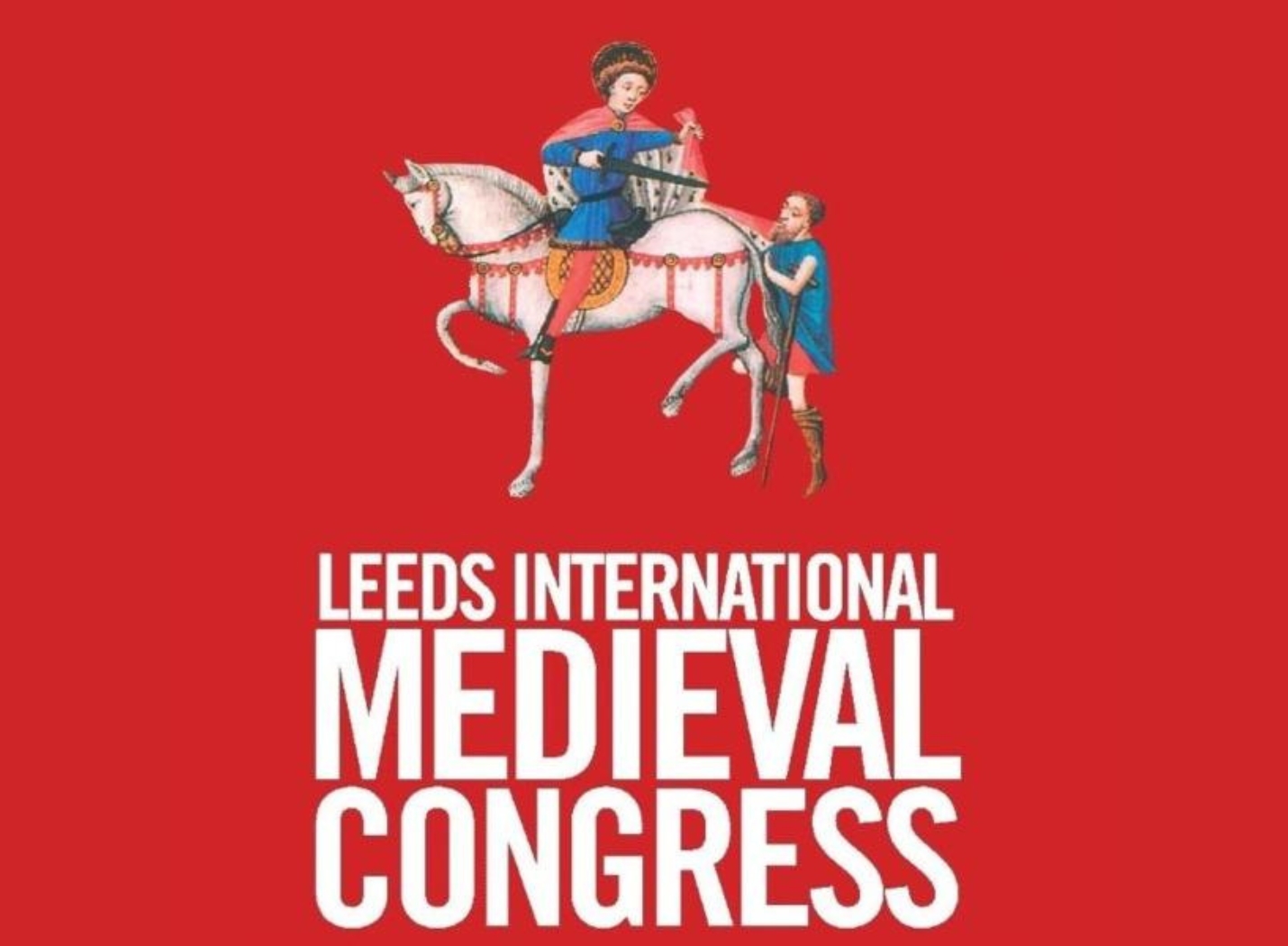
RECOGNISING SAINTS on the IMC Leeds 2025
We invite you to attend the sessions of the International Medieval Congress Leeds 2025, where members of RECOGNISING SAINTS team will present their papers.
- Session 1326 (Wednesday, 9 July, 16.30-18.00)
HAGIOGRAPHICAL WORLDS OF LEARNING, II
Cezary Jasiński, One Saint, Two Ideals of Monastic Order: What Concepts of the Cluniac Congregation did the Lives of Odilo Propose?
Abstract: Shortly after the death of Odilo, fifth abbot of Cluny, two accounts of his life were written, the first in the early 1050s by Iotsald of Saint-Claude, and the second in 1063 by the renowned Peter Damian. The short period that passed between the production of these texts prompts the question as to the reasons for the need for réécriture. Since the two lives propose slightly different concepts of Cluniac congregation, one can argue that the second one was written in order to promote among the monks the kind of Cluniac ideology that Hugh – Odilo’s successor involved in Damian’s work – personally wanted to promote and to eliminate the one that he considered to be a dead end. This line of thought also allows us to ask the questions of more general nature about a deliberate and centralised act of shaping Cluny’s collective memory through hagiography.
- Session 1626 (Thursday, 10 July, 11.15012.45)
THE LIVING DEAD AND THE TRANSMISSION OF OTHERWORLDLY KNOWLEDGE IN MEDIEVAL TEXTS AND IMAGES, II
Grzegorz Pac, Dead Man as Court Witness: St Stanislaus, the Knight Peter, and the Struggle for the Rights of the Church in the 13th Century
Abstract: The central story of the thirteen-century vita of St. Stanislaus is that about the knight Peter. He had sold certain lands to the Church of Kraków, and after his death was resurrected by the saint bishop to testify against his relatives, who challenged the legality of the transaction. The story has parallels in other hagiographical texts, in which the dead appear as witnesses in court and pass on knowledge of the past. Here, it also fits in with the fundamental topic of the vita: the struggle for the rights of the Church and its defence, championed by St Stanislaus.